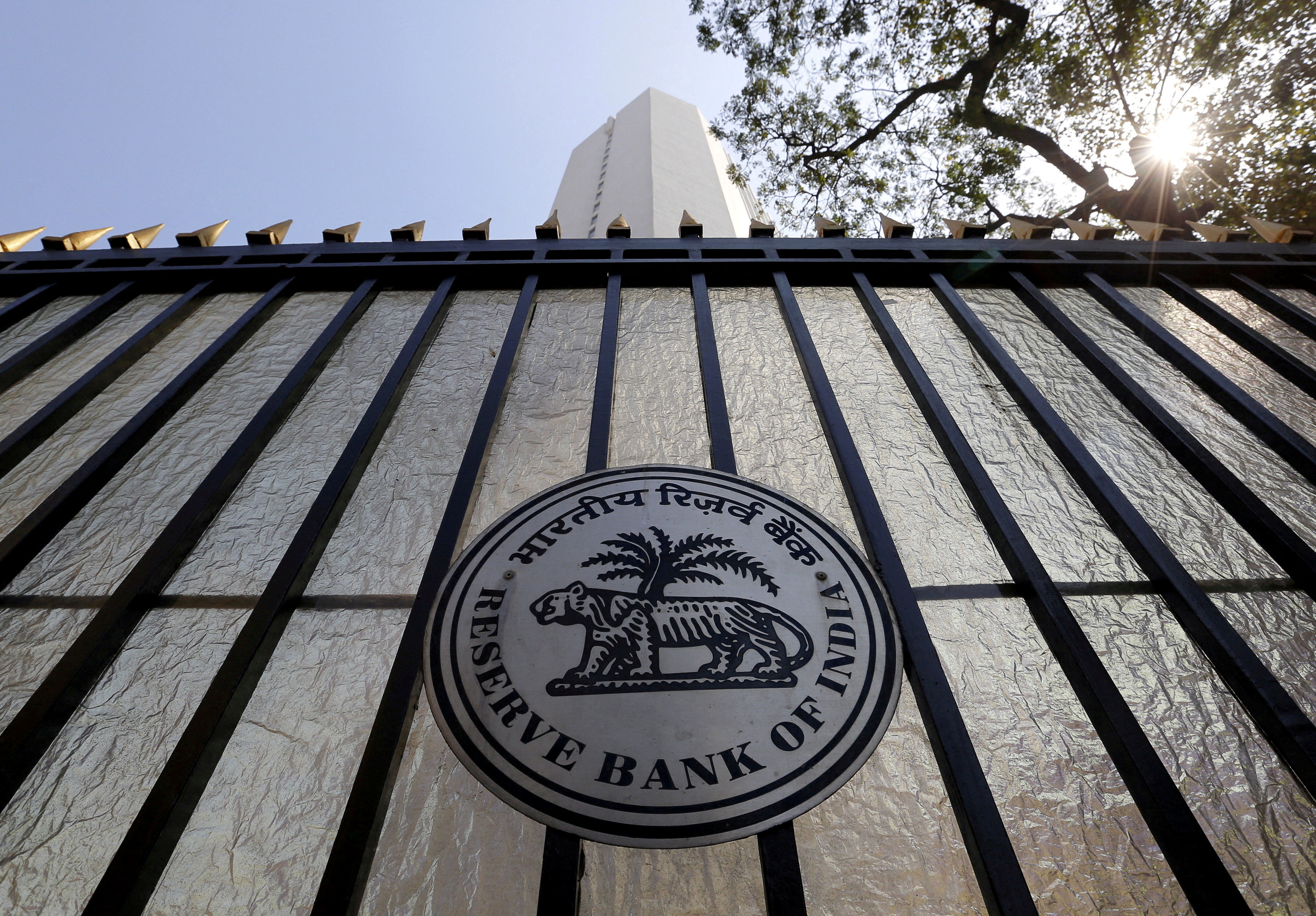RBI Policy | Higher for longer remains relevant not only for the world but also for India, says Indranil Pan
According to Indranil Pan of YES Bank, the RBI is unlikely to lower the policy rate or modify its monetary policy stance to “neutral” as long as the 4 percent target remains elusive.

By Indranil Pan, the Chief Economist at YES Bank
This policy, as anticipated, contained no significant unexpected components. The monetary policy stance of "withdrawal of accommodation" persisted, while policy rates remained unchanged. This policy was formulated against the backdrop of a declining inflation rate, namely vegetable prices. Additionally, the Governor stated that a positive aspect is that core inflation has been declining by 140 basis points since its zenith in January 2023.
In addition, the most recent survey of household inflation expectations indicates that expectations for inflation three months from now are down 90 basis points, while expectations for inflation one year from now are down 40 basis points. With demand recovering in the rural sector and remaining robust in the urban sector, the RBI characterizes growth as resilient. The overall development outlook for the year and FY25 remained unchanged at 6.5 percent.
Notwithstanding the aforementioned positive developments that have been emphasized regarding inflation dynamics, the RBI's stance has not changed; its commentary and forthcoming guidance continue to be pessimistic. This can be attributed to the substantial levels of uncertainty that remain regarding inflation. Aspects of land sown with kharif pulses are deficient, kharif onion production requires close monitoring, and spice demand-supply mismatches are likely to persist. Significantly, the continuation and intensification of El Nino conditions are anticipated to exert an influence on worldwide food supplies and prices. September 2023 saw the FAO All Rice Price Index reach 141.7, a 0.5 percent month-over-month decline from August but a 27.8 percent increase compared to the index level at the same time last year.
I will attempt to situate the RBI's monetary policy outlook within the global context in the following couple of paragraphs. A significant shift in the global rate environment has occurred. Commencing in 2003, the Fed Funds rate stood at 1 percent, a level not seen since the era of Alan Greenspan. The rates were subsequently grounded at zero percent in the United States during the tenure of Ben Bernanke and in the aftermath of the Great Recession of 2008.
OnePlus 108 cm (43 inches) Y Series 4K Ultra HD Smart Android LED TV
From that point forward until approximately June 2022, the US Fed Funds rate was, on average, lower than the CPI inflation rate. In contrast, the Fed Funds rate was nearly always higher than the prevailing rate of inflation between 1982 and 2002. To put it more simply, the United States economy had experienced prolonged periods of positive real interest rates prior to 2008. However, since the aftermath of the Global Financial Crisis (GFC), and continuing until very recently, the situation has been marked by negative real interest rates. This holds true regarding the ECB as well.
Currently, we are once again in the region of positive real interest rates. The most recent policy meeting of the US Federal Reserve outlined economic projections that continue to depict the economy's resiliency. In accordance with the projections, the improved outlook also required the Fed to maintain a hawkish policy stance. Twelve members now anticipate a 25 basis point increase in interest rates by the US Federal Reserve in 2023, while seven others anticipate a hiatus. The dot plot now proposes a 50-bps reduction in interest rates for 2024, as opposed to the 100-bps reduction that was anticipated in the June projections. As a result, the message regarding "higher for longer" is unequivocal, and the Federal Reserve will maintain rates at restrictive levels for a longer duration than in prior cycles.
Significantly, the sanctity of the inflation target rate in monetary policy formulation is acquiring prominence on a global scale. The same holds true for India. As monetary policy communication becomes an increasingly significant instrument in managing and stabilizing inflation expectations, the Reserve Bank of India (RBI) reaffirms its commitment to attaining the 4 percent target consistently. The inflation forecasts published by the Reserve Bank of India (RBI) for the remainder of the year do not appear to indicate that the target of 4 percent cannot be met.
Redmi 108 cm (43 inches) F Series 4K Ultra HD Smart LED
In Q1FY25, the RBI anticipates headline CPI inflation of 5.2%. In addition, the RBI forecasts a CPI of 4.5 percent for the entire fiscal year of 2025, whereas YES Bank anticipates an average of 4.8 percent. Given the persistent evasion of the 4 percent handle, the Reserve Bank of India (RBI) faces significant challenges in even adopting a "neutral" monetary policy stance, let alone reducing the policy rate.
Thus, "higher for longer" continues to be applicable not only globally but also in the context of India. Additionally, it may prove challenging for the RBI to reduce interest rates prior to the US Federal Reserve, given that the interest differential between India and the US has shrunk to approximately 250 basis points, which is barely sufficient to offset the anticipated annual average depreciation of the INR. This interest disparity might continue to be significant for investors entering the Indian debt market, including those utilizing the JPM Bond Index inclusion route.
Bond market participants had not expected any modifications to the Reserve Bank of India's liquidity strategy, particularly in light of the gradual reduction of the incremental cash reserve ratio (I-CRR). There were no additional measures specified in this policy. However, the RBI emphasizes once more that excessive liquidity can increase the hazards of inflation and financial instability.
Also read :- Key Differences Between IPO & Direct Listing
In doing so, the RBI reinstates the possibility of conducting open market operations (OMO) sales as a means of liquidity management. Although the likelihood of such OMOs being calendarized is low and would be contingent on changing liquidity conditions, the bond market has been alarmed nonetheless. As a result, the benchmark 10-year India G-sec yield has increased by approximately 12 basis points to 7.33 percent, and it may maintain its stability in the foreseeable future.
Disclaimer: The opinions and investment recommendations put forth by investment specialists on Moneypoise.com are purely their own and do not reflect the stance of the website's administration or its staff. Prior to making any investment decisions, Moneypoise.com recommends that users consult with certified expertise.


















.jpeg?updatedAt=1700934640154)



